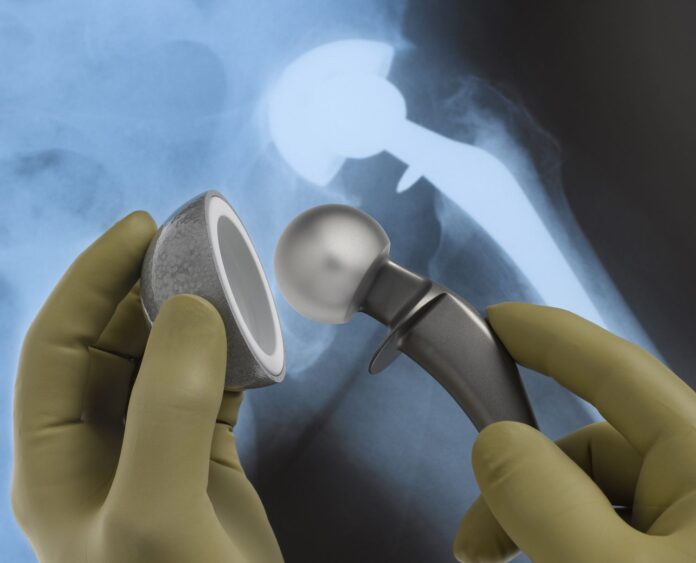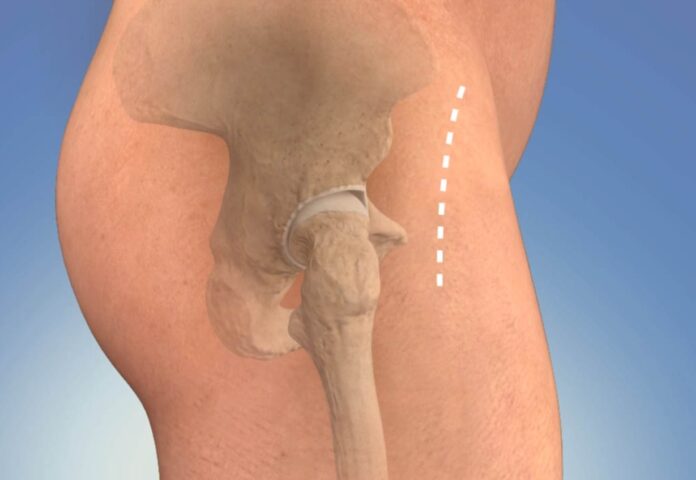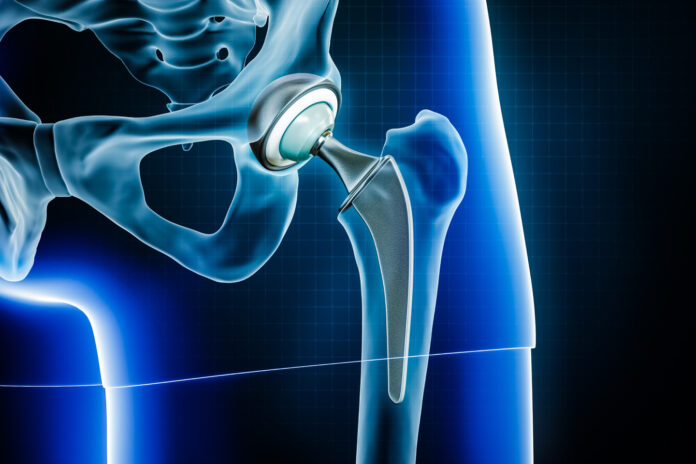As we age, hip mobility can diminish, greatly impacting quality of life.
One effective solution is hip replacement surgery. This article will provide an in-depth exploration of traditional and minimally invasive procedures, helping you assess the best surgical option.
We will also discuss post-operation recovery expectations and lifestyle adjustments post-surgery.
Our aim is to equip readers with comprehensive knowledge in making informed decisions about hip replacement options.
Understanding Hip Replacement Surgery
In the realm of orthopedic surgery, hip replacement involves the removal and replacement of the damaged sections of the hip joint with prosthetics, enhancing mobility and relieving pain. While this procedure affords significant quality of life improvements, it is not without surgery risks such as infection, blood clots, and dislocation. In some cases, there may be a potential for nerve damage or changes in leg length.
The replacement materials used are typically made from plastic, ceramic, and metal, each with their unique benefits and drawbacks. For instance, metal components are durable but may release ions into the bloodstream, while plastic and ceramic parts wear down over time.
Understanding these factors is crucial in making informed decisions about hip replacement surgery.

Traditional Vs. Minimally Invasive Procedures
While traditional hip replacement surgery has been the standard for many years, the emergence of minimally invasive procedures offers patients new options with potential benefits such as shorter recovery times and less post-operative discomfort.
However, both methods come with their unique set of surgical risks. Traditional surgery, while proven and reliable, involves a larger incision and consequently, a lengthier recovery period.
On the other hand, minimally invasive techniques usually involve smaller incisions and fewer muscle disruptions, potentially reducing post-surgical discomfort and hastening recovery. Nonetheless, these procedures may not be suitable for all patients and the surgical risks could be higher due to the complexity of surgery in a limited visual field.
Ultimately, the choice between traditional and minimally invasive procedures should consider individual patient factors, surgical risks, and recovery differences.
Assessing the Best Surgical Option
Determining the optimal surgical approach for hip replacement involves a careful evaluation of patient-specific factors, the potential surgical risks associated with each method, and the anticipated recovery trajectory.
This process, termed as ‘Surgical Risks Evaluation‘, requires an in-depth analysis of the patient’s physical condition, age, lifestyle, and their overall health status. Key to this is the ‘Patient’s Health Assessment’, which involves a comprehensive review of the patient’s medical history, current medications, and any pre-existing conditions.
Surgical options range from traditional open surgery to minimally invasive procedures, each with its own set of risks and recovery timelines. Therefore, the best surgical option is one that aligns with the patient’s health status and their personal recovery goals.

Post-Operation Recovery Expectations
After selecting an appropriate surgical option, the next crucial phase is the post-operation recovery period, which encapsulates a multitude of factors including pain management, physical therapy, and gradual return to everyday activities.
Pain management is a critical component of post-operative care, often involving both pharmaceutical and non-pharmaceutical interventions, to provide optimal patient comfort.
Rehabilitation techniques, such as physiotherapy, are used to enhance mobility and strength in the hip, vital for regaining functionality and independence.
Patients should anticipate a gradual return to normal activities, with the timeline varying based on individual health status, age, and the surgical procedure performed.
Regular follow-ups with the healthcare team will ensure a smooth recovery process, with adjustments made as necessary.
Lifestyle Adjustments After Surgery
Transitioning into a new lifestyle following hip replacement surgery involves considerable adjustments, often requiring modifications in daily routines, physical activities, and overall health management. Key alterations may include diet changes and new exercise regimens.
Diet changes typically involve increased protein intake to promote muscle strength and healing, alongside ample hydration and balanced nutrition. This supports the recovery process and aids in maintaining optimal body weight, reducing stress on the hip joint.
Exercise regimens, developed under the supervision of physiotherapists, aim to restore mobility and strength. Initially, these exercises are low-impact, gradually progressing as healing occurs.
Adherence to these lifestyle adjustments significantly influences the success of hip replacement surgery, paving the way for improved quality of life in the long-term. It is essential to consider these changes as integral components of post-operative health management.

Frequently Asked Questions
What Are the Potential Risks and Complications Involved in Hip Replacement Surgeries?
Hip replacement surgeries pose potential risks such as infection, blood clots, hip dislocation and changes in leg length. The recovery process and post-surgery lifestyle may also be affected by these complications.
How Does One Determine if They Are a Good Candidate for Hip Replacement Surgery?
A good candidate for hip replacement surgery is often determined via a comprehensive pain assessment and evaluation of lifestyle impact. Chronic, debilitating hip pain and significant impact on daily activities are critical deciding factors.
How Much Does a Hip Replacement Surgery Typically Cost and Will Insurance Cover It?
The cost of hip replacement surgery varies widely, depending on factors such as location and surgeon’s expertise. Generally, insurance policies cover a significant portion, but individual policy details and deductibles will affect the final out-of-pocket expense.
What Is the Expected Lifespan of a Hip Replacement Implant?
The lifespan of a hip replacement implant, often made of durable implant materials, varies, typically lasting 15-20 years. Lifespan can be affected by post-surgery activities and individual patient factors. Regular follow-ups are crucial.
Are There Any Non-Surgical Alternatives to Hip Replacement?
Yes, non-surgical alternatives to hip replacement exist. These include pain management techniques like physical therapy and medication, and lifestyle modifications such as weight management and low-impact exercise to alleviate stress on the joint.









